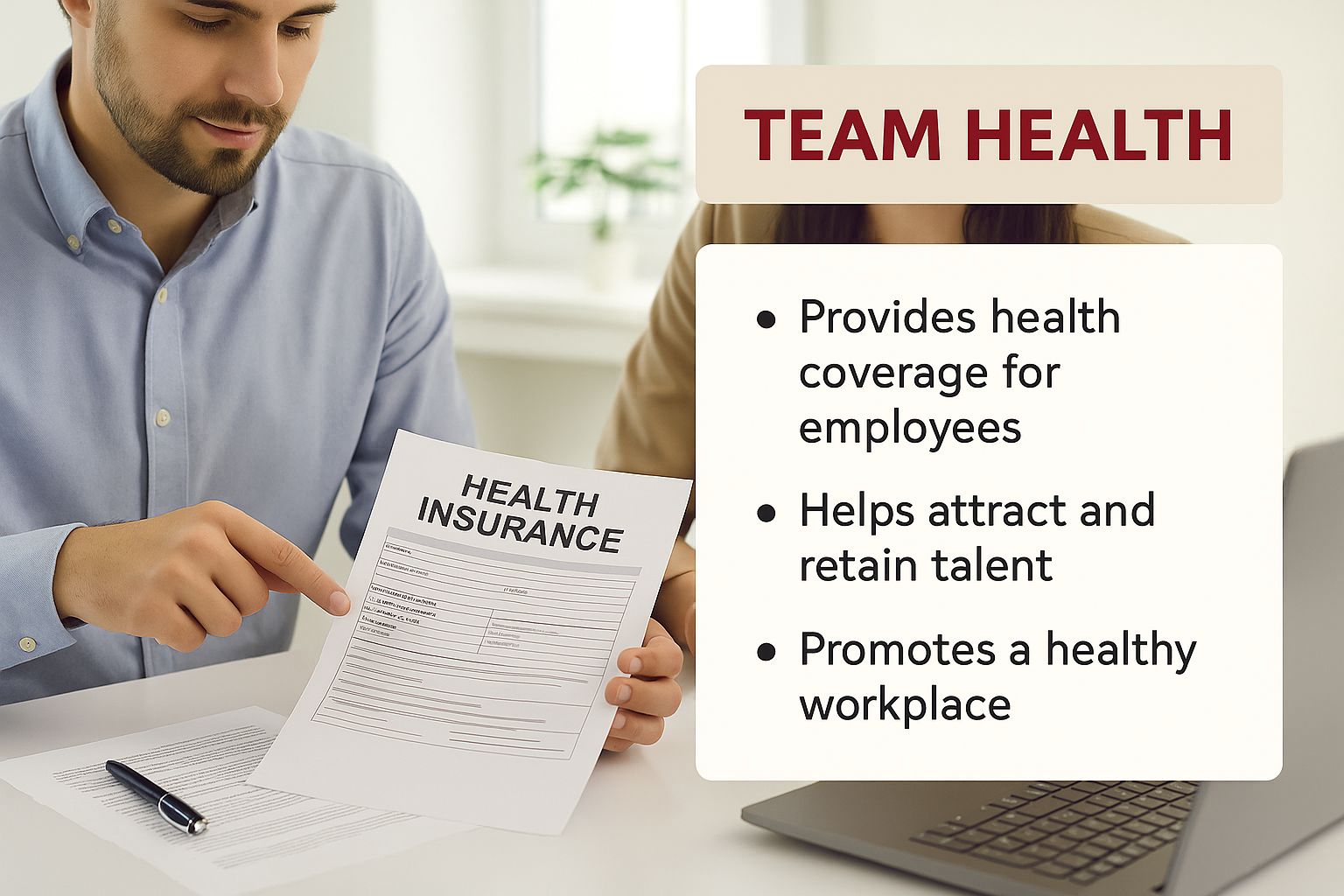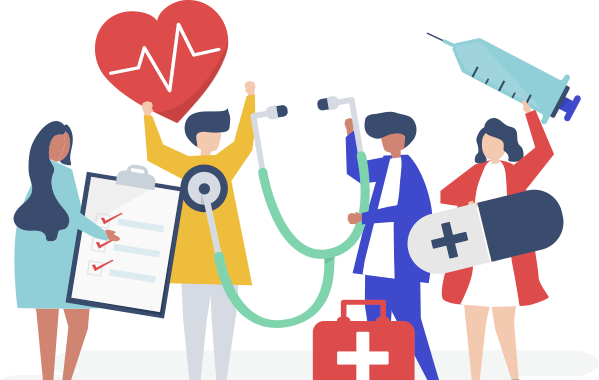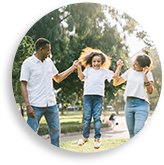Key Differences: Group vs. Individual Policies
It's really important for employers to know how group medical insurance differs from individual plans. With group plans, the company buys the insurance and offers it to their employees, and often their families too. Because it’s a group, you usually get more favourable premium rates and more coverage choices than if you were buying alone. Plus, for insurance companies, it's better because the risk is shared among many people.
Individual plans, on the other hand, are something you find and pay for yourself. You get to pick exactly what you want, but this can mean higher prices and a tougher approval process. For businesses, group medical insurance is often a winner because it’s simpler to manage and can save money.
Regulatory Landscape and Minimum Requirements
When it comes to group medical insurance in the Middle East, especially in places like Dubai and Abu Dhabi, there are clear rules employers need to follow. Governments have set up minimum standards for coverage to make sure employees have access to basic healthcare. These rules often detail what needs to be covered, which hospitals and clinics are included, and even how big a company needs to be to follow these rules.
For example, there are often minimum employee thresholds for group plans, making it workable for different sized businesses. You can read more about this in our article on
Group Private Medical Insurance in Abu Dhabi and its workings
Cultural Influences and Plan Variations
Local culture also shapes group medical insurance policies in the Middle East. Things like preferences for certain hospitals or whether traditional healing methods are covered can be important. Insurance providers usually have a range of plans, from Essential Benefits Packages (EBPs) that cover the basics like hospital stays and doctor visits, to comprehensive plans that can include dental, eye care, and wellness perks.
This choice helps businesses find a group medical insurance plan that fits their budget and what their employees need. Ultimately, a good plan is key for bringing in and keeping great people in this fast-paced market.
Strategic Benefits For Forward-Thinking Employers
Offering group medical insurance is far more than just an item on an employee welfare checklist; it's a foundational piece of a solid business plan, especially within the competitive AE region. Employers who plan for the future understand that these policies offer numerous benefits, effectively changing a perceived cost into a worthwhile investment for the company. The image below captures this cooperative idea, where 'Team Health' is a mutual goal, supported by the company's actions.

This emphasis on collective well-being, frequently started with group medical insurance, highlights a business's dedication to its people – its most important resource. Such dedication is noticed and greatly improves a company's capacity to draw in and, more importantly, keep top employees in the active AE job market.
Moreover, a healthy team is generally a more productive one. Access to good healthcare through a group medical insurance plan means employees are more inclined to deal with health issues quickly. This leads to fewer absences and less "presenteeism" (working while unwell), contributing to higher overall output and a more dedicated team. Businesses also discover that group plans provide stronger bargaining power with insurance companies, potentially resulting in better terms and more effective cost management compared to individual policies. For a closer look, check out our guide on how group medical insurance can benefit employers.
Employer Benefits Comparison: Group vs Individual Insurance
To clearly show the benefits for businesses in the AE, the following table offers a "Employer Benefits Comparison: Group vs Individual Insurance." This is a comprehensive analysis of key advantages between group medical insurance and individual coverage options for Middle Eastern employers.
| Benefit Category
| Group Medical Insurance
| Individual Insurance
| Business Impact (AE Context)
|
|---|
| Cost Efficiency
| Typically offers more competitive premiums due to shared risk.
| Generally higher costs, borne solely by the individual.
| Substantial savings on overall healthcare expenditure.
|
| Talent Management
| Acts as a powerful recruitment and retention tool.
| Less attractive as an employer-provided benefit.
| Enhanced ability to attract skilled professionals in the UAE.
|
| Employee Wellbeing
| Promotes a healthier, more secure workforce.
| Health access varies by individual policy.
| Improved morale, loyalty, and potentially lower staff turnover.
|
| Administrative Load
| Streamlined administration through a single group policy.
| No direct administrative burden on the employer.
| Reduced HR workload and simplified benefits management.
|
| Regulatory Adherence
| Assists in meeting mandatory health coverage in the UAE.
| Compliance is an individual responsibility.
| Ensures adherence to local health authority requirements.
|
As the comparison shows, group plans generally offer more favorable conditions for employers aiming to build a strong, healthy workforce. Beyond these points, group medical insurance often includes other benefits, like possible tax advantages and simpler ways to follow regional rules, such as those from the Dubai Health Authority (DHA) or Abu Dhabi's Department of Health (DoH). This makes it a strategically smart move for any business aiming for success.
Navigating Rising Costs And Market Realities
Healthcare expenses across the Middle East are not just going up; they're picking up speed. This directly impacts group medical insurance premiums, creating a real hurdle for employers in the AE region who want to offer solid employee benefits. Getting a clear picture of these rising costs is the starting point for managing them well.
The financial squeeze is definitely being felt. Forecasts show that private medical insurance costs in the Middle East are on track for a significant jump. For example, a recent survey points to an expected 12% increase in 2025 for the area. This figure is notably high, standing 1.6 percentage points above the global average, and it highlights why businesses need to act fast.
You can explore more about these detailed projections from WTWCo.
Understanding The Drivers Of Cost Increases
Several key elements are pushing healthcare costs higher in the AE region. While the arrival of new medical technologies and treatments brings many benefits, they often carry a heftier price tag. At the same time, a growing demand for top-notch healthcare services and the commonness of lifestyle-related health conditions are also adding to the expenses.
The general rise in the cost of medical supplies also contributes to this situation. This mix of factors means employers need to be smart and proactive in how they approach their group medical insurance spending, all while ensuring their teams still get quality care.
Strategies For Managing Rising Premiums
The good news is that businesses aren't powerless against these increasing group medical insurance costs. There are several practical steps employers can take to manage expenses effectively, while still making sure employees have valuable health coverage. Often, these approaches involve a greater focus on proactive healthcare management.
Here are a couple of ideas:
Implementing wellness programs that encourage healthier lifestyles can lead to a noticeable return on investment by cutting down on long-term health problems.
Focusing on preventive care initiatives helps spot potential health issues early, which can often mean lower treatment costs later on. If you're looking to make well-informed choices, you might find it useful to learn about
5 factors influencing the selection of group health insurance from InsuranceHub.aeLooking into innovative plan designs is another important strategy. This could mean exploring options like:
Plans with different co-payment structures.
Tiered networks of healthcare providers.
A stronger emphasis on outpatient services. These can all play a part in keeping costs in check. The main takeaway is that by giving these elements careful thought, employers in the AE region can effectively manage their group medical insurance budgets and continue to offer competitive benefits to their staff.



























